|
|
Post by Bonobo on Feb 13, 2020 22:54:29 GMT 1
OMG! At that time we didn't have anything like that at home! You were doing better than we were! hahaha It was my mother`s idea - she loved luxury items. My father didn`t care - he was above such sillinness.  |
|
|
|
Post by naukowiec on Feb 22, 2020 23:56:53 GMT 1
It was my mother`s idea - she loved luxury items. Loving and affording are two different things though! But I bet your father bought it for her. |
|
|
|
Post by Bonobo on Feb 26, 2020 13:41:35 GMT 1
It was my mother`s idea - she loved luxury items. Loving and affording are two different things though! But I bet your father bought it for her. Not really. They both worked and had their own money which they could divide into joint and individual spending. |
|
|
|
Post by naukowiec on Feb 26, 2020 21:20:52 GMT 1
They both worked and had their own money which they could divide into joint and individual spending. I think that's the difference between Poland and UK. Back in those times, many women stayed at home and the male was the main breadwinner. Women were given 'housekeeping' money to buy food etc. This was more common in 50s, 60s and 70s, but still went on into the 80s. Very different these days. Did your mother buy other luxury items back then? |
|
|
|
Post by Bonobo on Feb 27, 2020 21:55:55 GMT 1
Did your mother buy other luxury items back then? Luxury items for a communist country or any country in the world? hahaha I already told you about imported tiles for the bathroom, toilet and kitchen. A car was also a luxury then.   She also loved dazzling furnishings. I remember heavy furniture sporting shiny laquer and a lot of crystalware which was quite expensive then. Today I hate glossy things.  |
|
|
|
Post by pjotr on Feb 28, 2020 1:56:40 GMT 1
 During the First ZMP (Union or Association of Polish Youth) Congress in Dzierżoniów County, in Lower Silesian Voivodeship, south-western Poland, on June 5, 1949, the girls paraded in the market in organizational uniforms with red ties. The Zetempos carried portraits of the leaders: Bierut, Stalin and Lenin. (Photo: EAST NEWS / INDEPENDENCE MUSEUM). During the First ZMP (Union or Association of Polish Youth) Congress in Dzierżoniów County, in Lower Silesian Voivodeship, south-western Poland, on June 5, 1949, the girls paraded in the market in organizational uniforms with red ties. The Zetempos carried portraits of the leaders: Bierut, Stalin and Lenin. (Photo: EAST NEWS / INDEPENDENCE MUSEUM).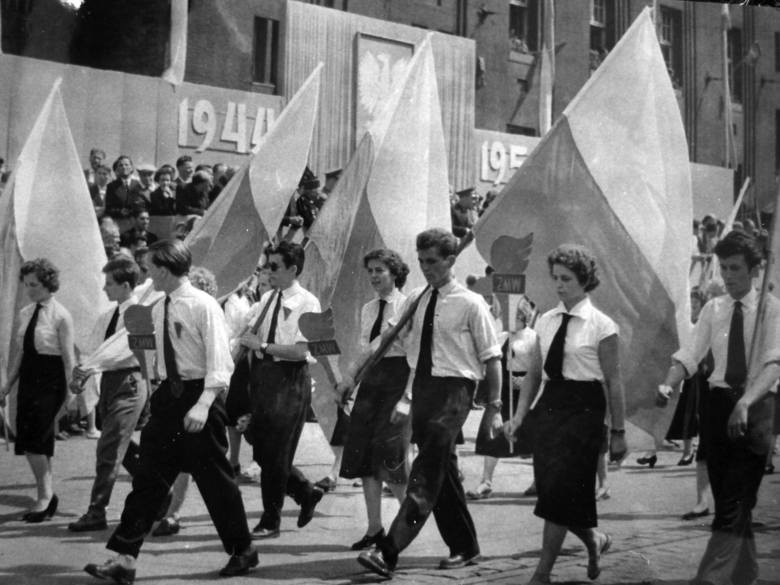 22 lipca w PRL – Narodowe Święto Odrodzenia Polski 22 lipca w PRL – Narodowe Święto Odrodzenia Polski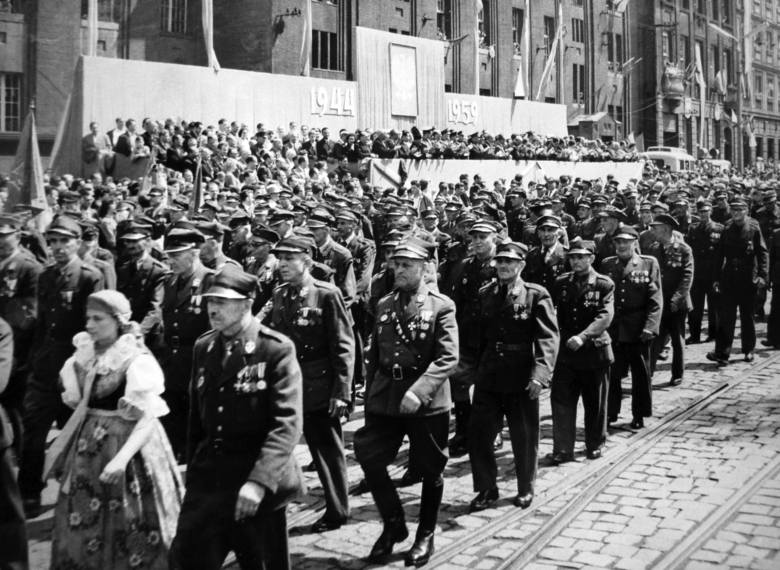 22 lipca w PRL – Narodowe Święto Odrodzenia Polski 22 lipca w PRL – Narodowe Święto Odrodzenia Polski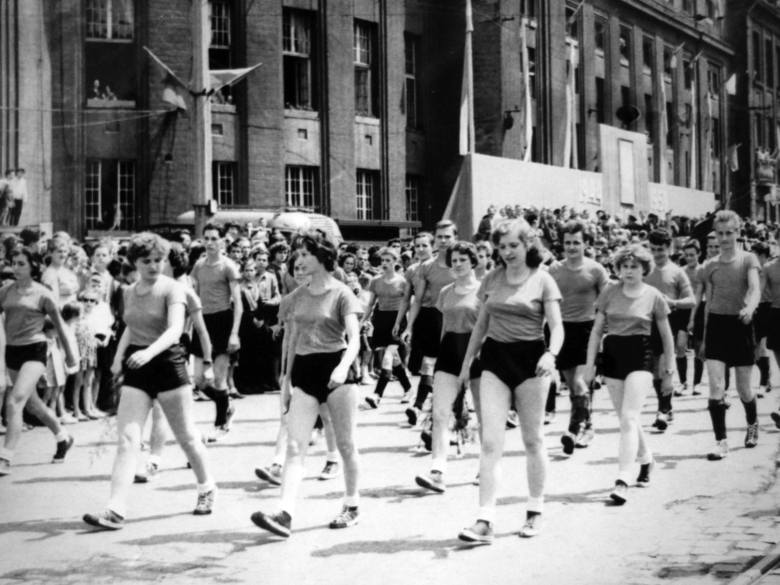 22 lipca w PRL – Narodowe Święto Odrodzenia Polski 22 lipca w PRL – Narodowe Święto Odrodzenia Polski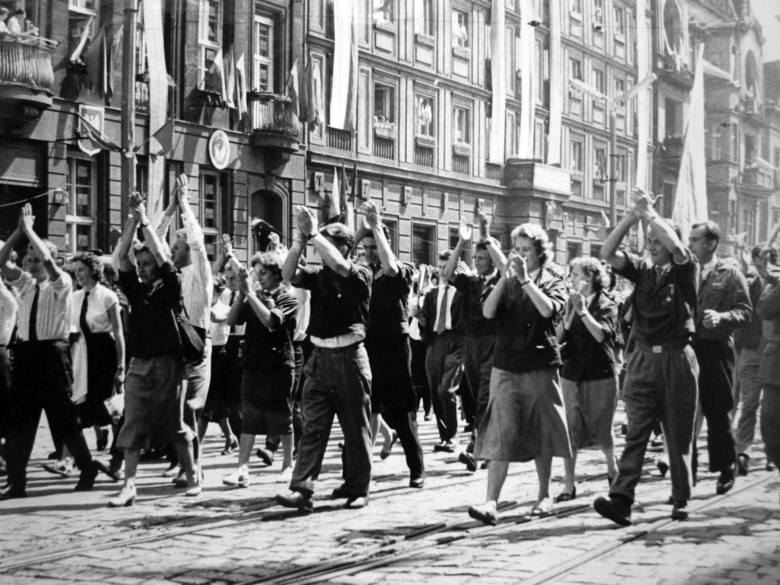 22 lipca w PRL – Narodowe Święto Odrodzenia Polski 22 lipca w PRL – Narodowe Święto Odrodzenia Polski 22 lipca w PRL – Narodowe Święto Odrodzenia Polski 22 lipca w PRL – Narodowe Święto Odrodzenia Polski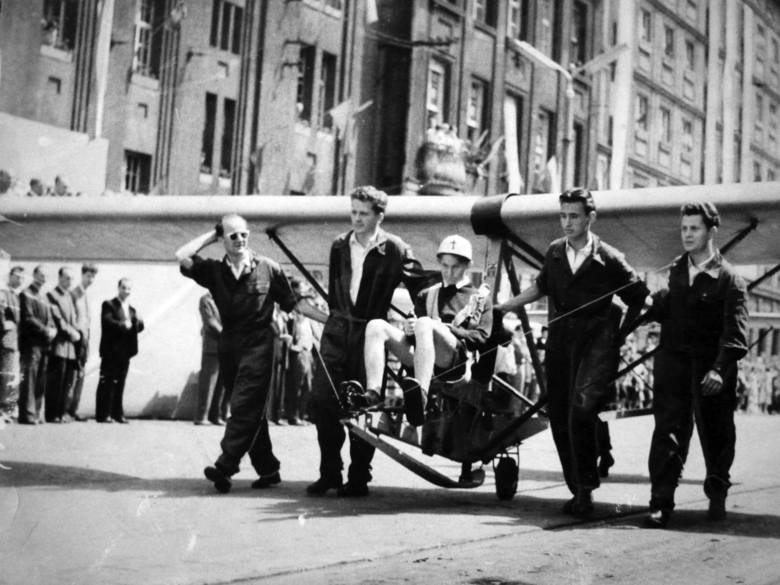 22 lipca w PRL – Narodowe Święto Odrodzenia Polski 22 lipca w PRL – Narodowe Święto Odrodzenia Polski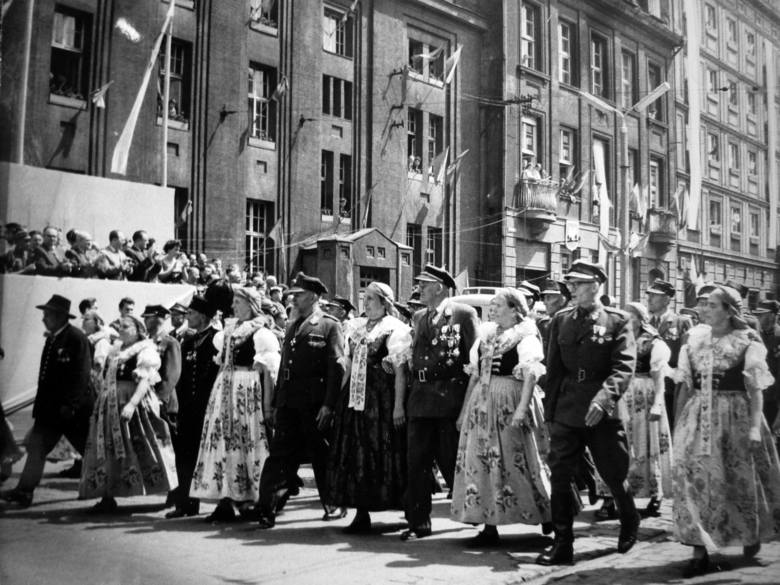 22 lipca w PRL – Narodowe Święto Odrodzenia Polski 22 lipca w PRL – Narodowe Święto Odrodzenia Polski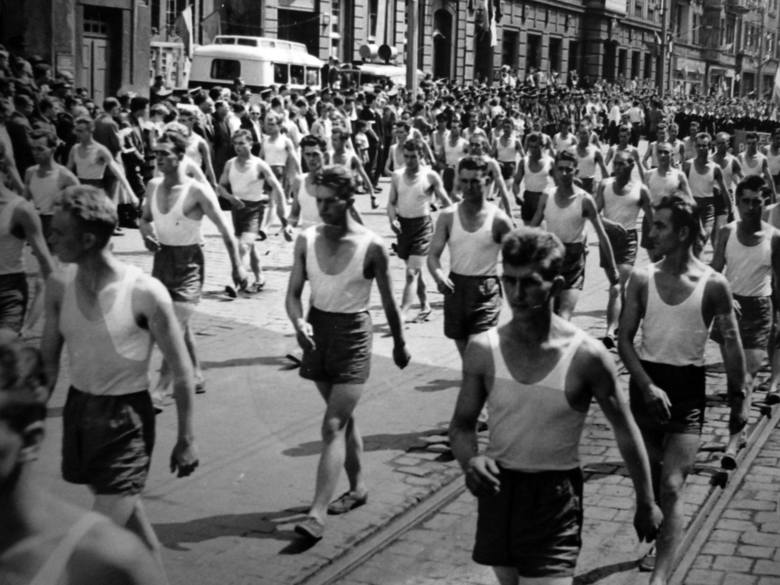 22 lipca w PRL – Narodowe Święto Odrodzenia Polski 22 lipca w PRL – Narodowe Święto Odrodzenia Polski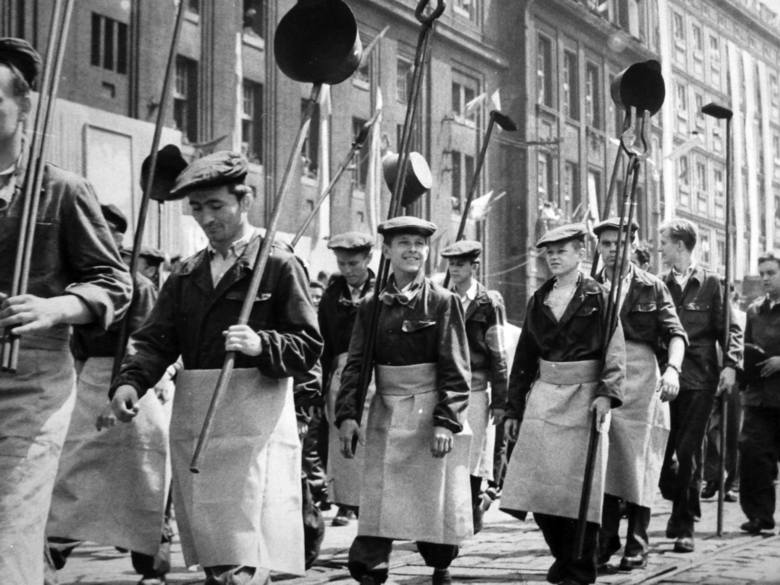 22 lipca w PRL – Narodowe Święto Odrodzenia Polski 22 lipca w PRL – Narodowe Święto Odrodzenia Polski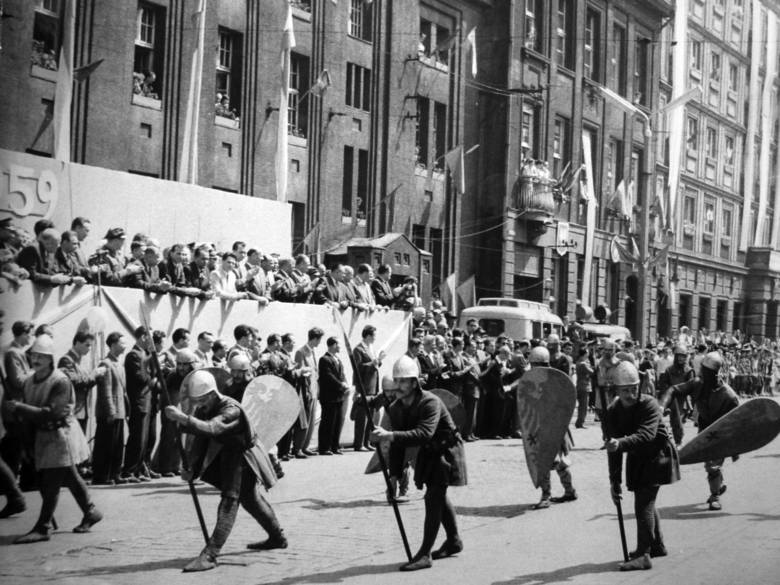 22 lipca w PRL – Narodowe Święto Odrodzenia Polski 22 lipca w PRL – Narodowe Święto Odrodzenia Polski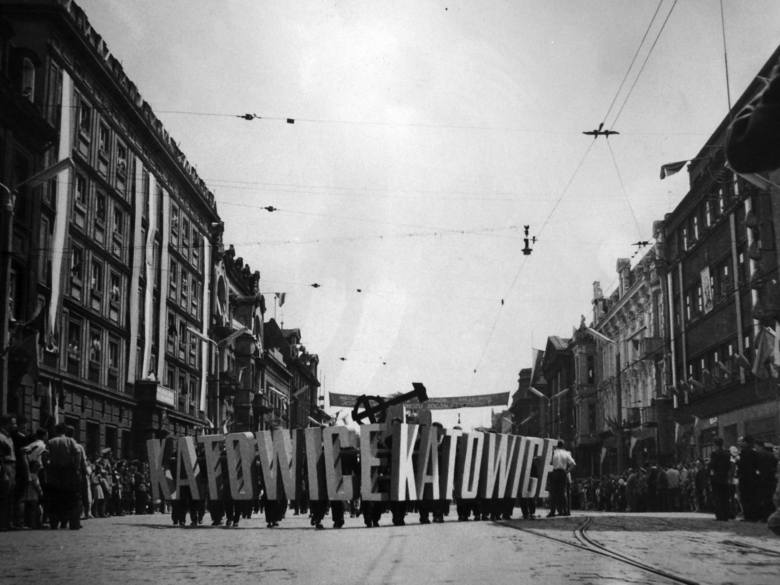 22 lipca w PRL – Narodowe Święto Odrodzenia Polski 22 lipca w PRL – Narodowe Święto Odrodzenia Polski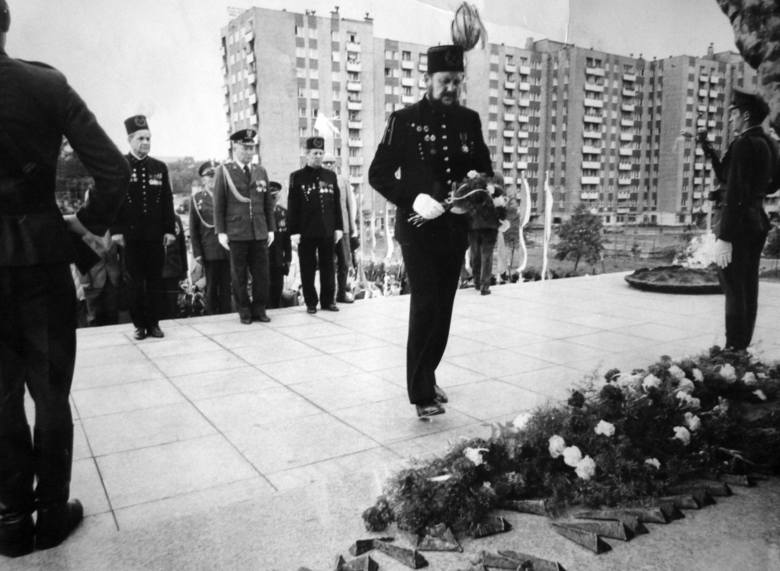 22 lipca w PRL – Narodowe Święto Odrodzenia Polski 22 lipca w PRL – Narodowe Święto Odrodzenia Polski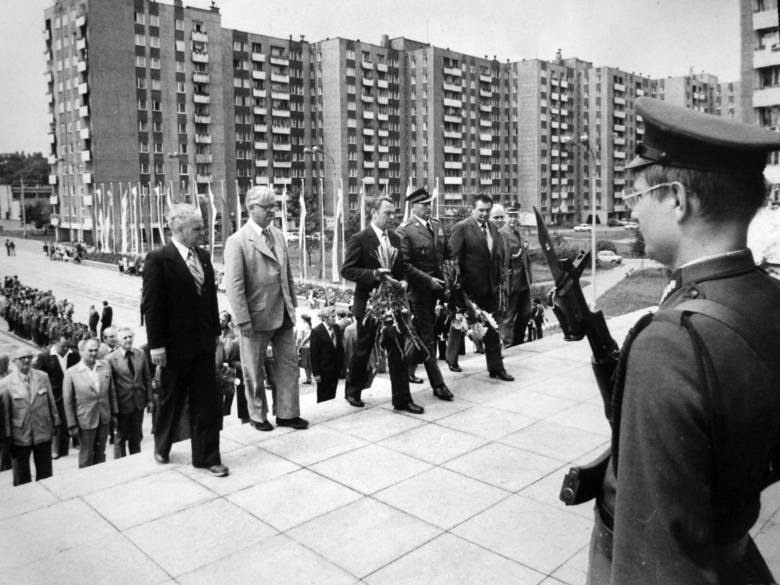 22 lipca w PRL – Narodowe Święto Odrodzenia Polski 22 lipca w PRL – Narodowe Święto Odrodzenia Polski 22 lipca w PRL – Narodowe Święto Odrodzenia Polski 22 lipca w PRL – Narodowe Święto Odrodzenia Polski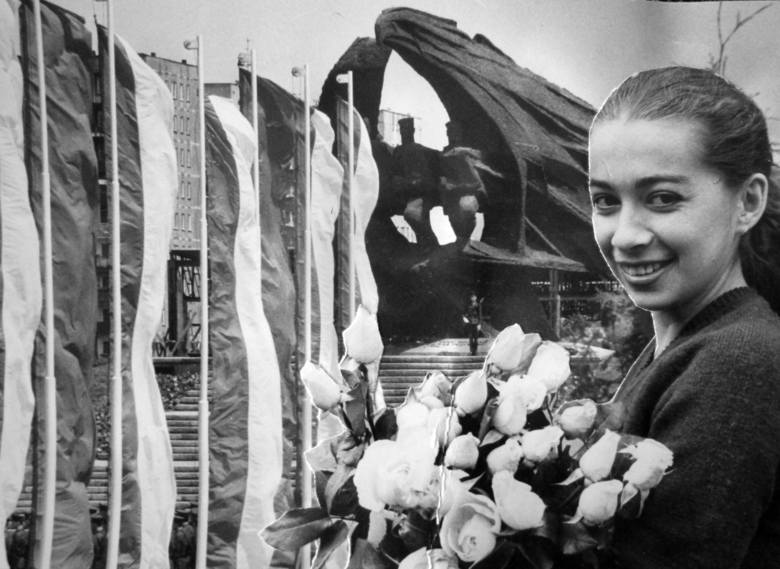 22 lipca w PRL – Narodowe Święto Odrodzenia Polski 22 lipca w PRL – Narodowe Święto Odrodzenia Polski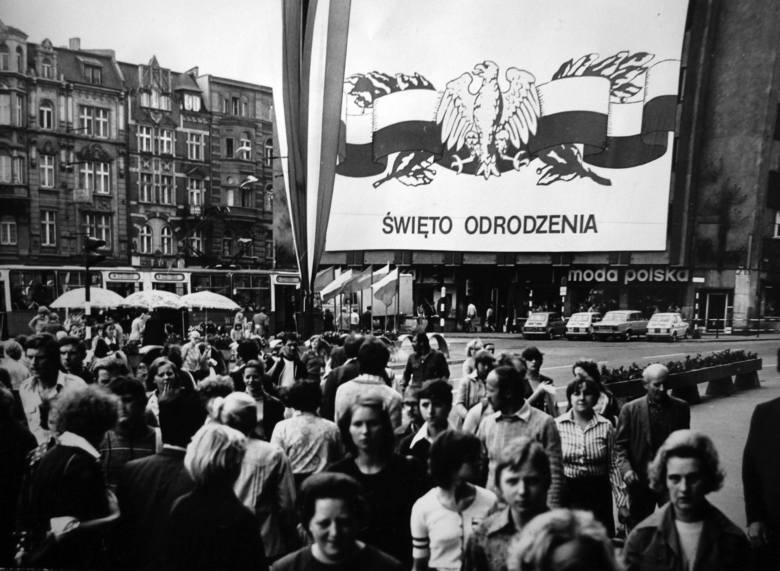 22 lipca w PRL – Narodowe Święto Odrodzenia Polski 22 lipca w PRL – Narodowe Święto Odrodzenia Polski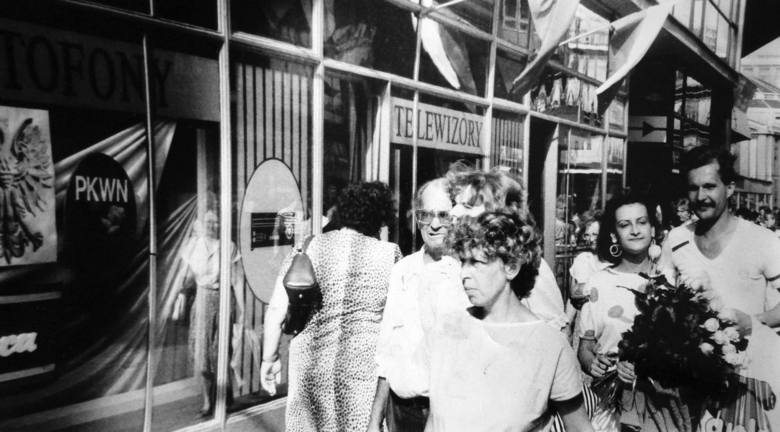 22 lipca w PRL – Narodowe Święto Odrodzenia Polski 22 lipca w PRL – Narodowe Święto Odrodzenia Polski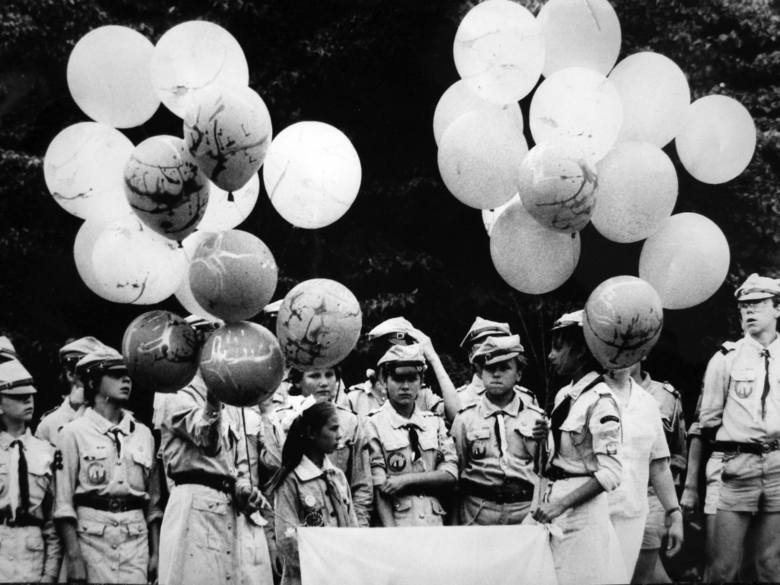 22 lipca w PRL – Narodowe Święto Odrodzenia Polski 22 lipca w PRL – Narodowe Święto Odrodzenia Polski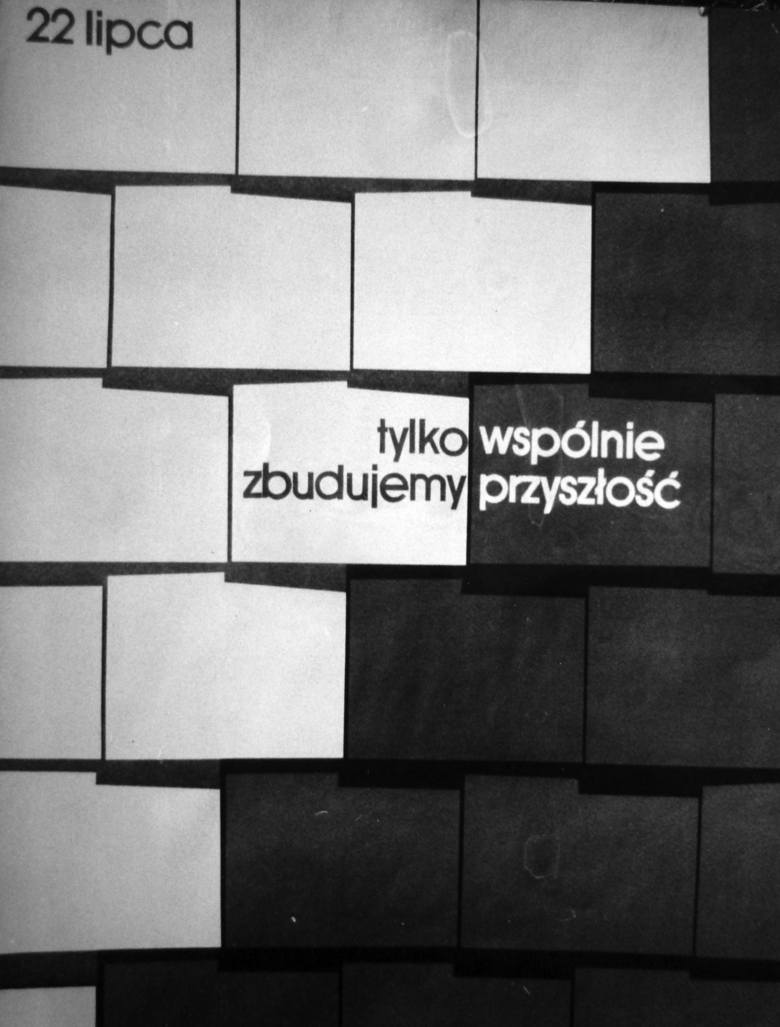 22 lipca w PRL – Narodowe Święto Odrodzenia Polski 22 lipca w PRL – Narodowe Święto Odrodzenia Polski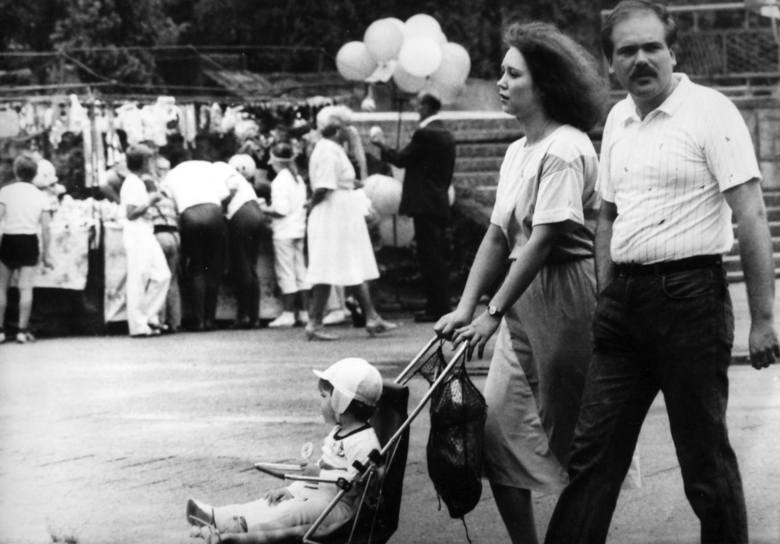 22 lipca w PRL – Narodowe Święto Odrodzenia Polski 22 lipca w PRL – Narodowe Święto Odrodzenia Polski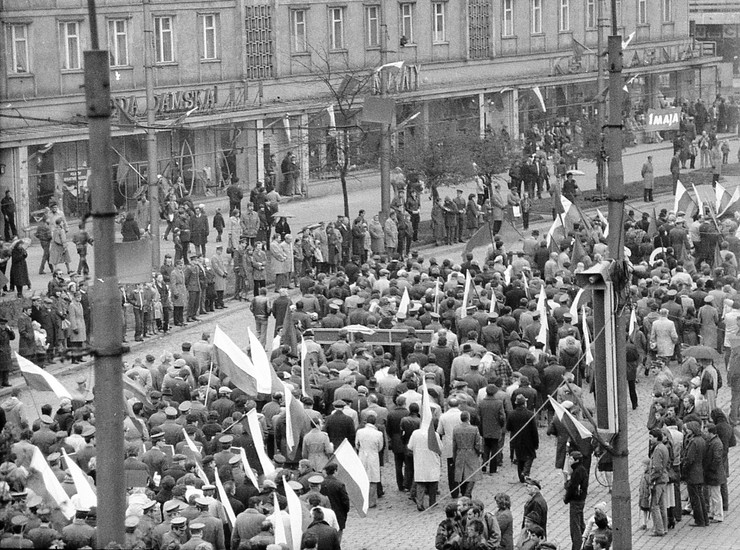 1 may Parade in Warsaw 1 may Parade in Warsaw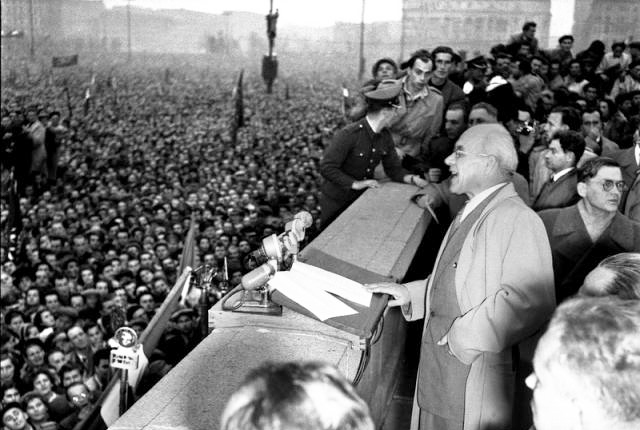 Władysław Gomułka, at the height of his popularity, on 24 October 1956, addressing hundreds of thousands of people in Warsaw, asked for an end to demonstrations and a return to work. "United with the working class and the nation", he concluded, "the Party will lead Poland along a new way of socialism". Władysław Gomułka, at the height of his popularity, on 24 October 1956, addressing hundreds of thousands of people in Warsaw, asked for an end to demonstrations and a return to work. "United with the working class and the nation", he concluded, "the Party will lead Poland along a new way of socialism". |
|
|
|
Post by pjotr on Feb 28, 2020 2:37:00 GMT 1
Communist propaganda posters from the Polish Peoples Republic   Poland 1950s Communist-era propaganda poster: "We salute women working for peace and the flourishing of the motherland." PRL Poland 1950s Communist-era propaganda poster: "We salute women working for peace and the flourishing of the motherland." PRL    "Who else should we help? Polish propaganda poster, 1950s "Who else should we help? Polish propaganda poster, 1950s Catalog of the collections of the Museum of the Polish People's Republic in Krakow VI Congress of the Polish United Workers' Party - "The Party unites all the creative forces of the nation" - propaganda poster Catalog of the collections of the Museum of the Polish People's Republic in Krakow VI Congress of the Polish United Workers' Party - "The Party unites all the creative forces of the nation" - propaganda poster  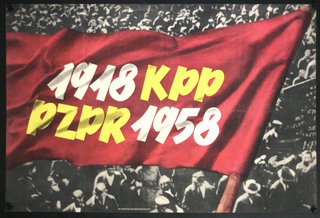 1918 KPP- PZPR 1958 (Communist Party of Poland, Polish United Workers' Party) 1918 KPP- PZPR 1958 (Communist Party of Poland, Polish United Workers' Party)  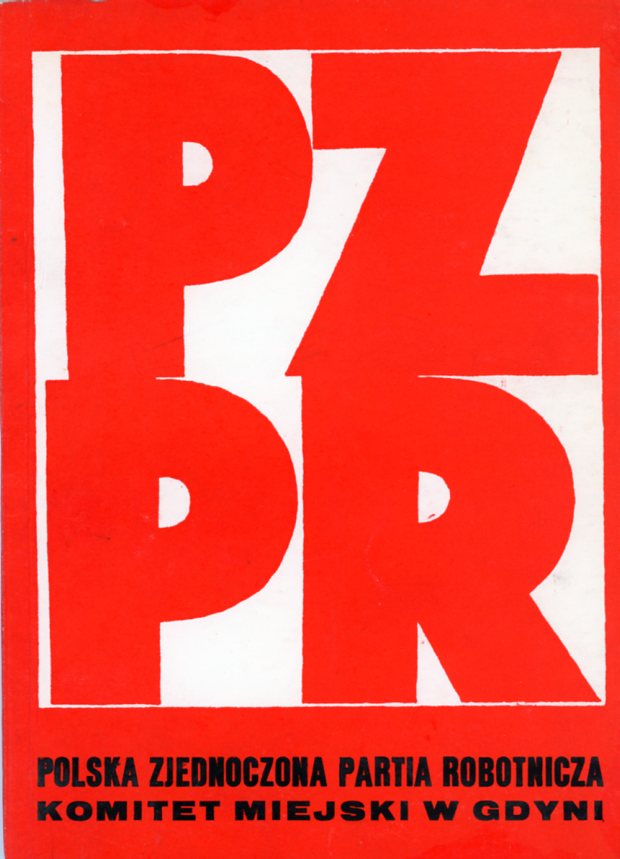     Edward Gierek Edward Gierek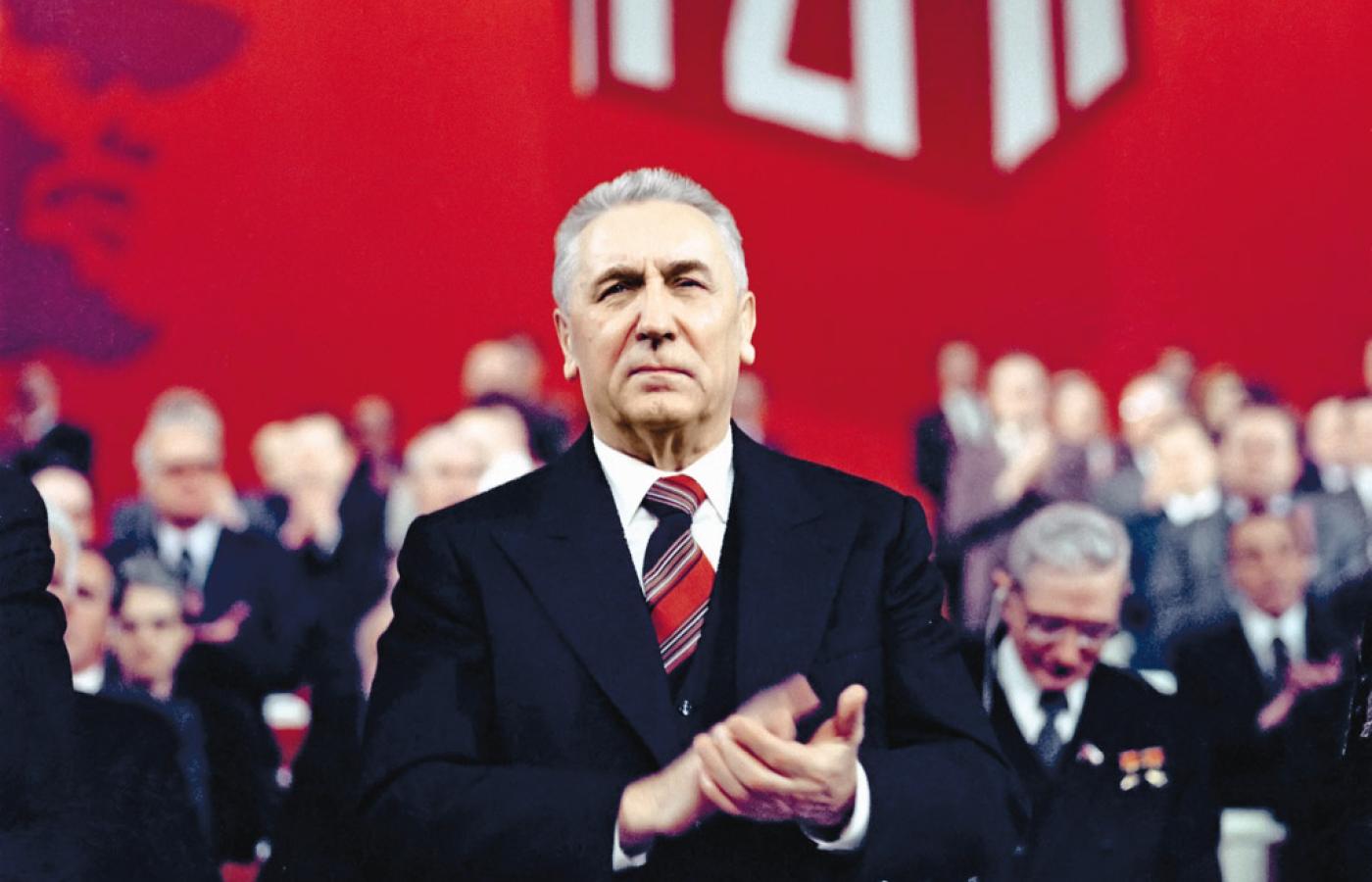 Edward Gierek (6 January 1913 – 29 July 2001) replaced Władysław Gomułka as first secretary of the ruling Polish United Workers' Party (PZPR) in the Polish People's Republic in 1970. Edward Gierek (6 January 1913 – 29 July 2001) replaced Władysław Gomułka as first secretary of the ruling Polish United Workers' Party (PZPR) in the Polish People's Republic in 1970.
|
|
|
|
Post by pjotr on Feb 28, 2020 3:11:59 GMT 1
 Propaganda material of the Polish United Workers' Party (PUWP; Polish: Polska Zjednoczona Partia Robotnicza, PZPR), the Communist party which governed the Polish People's Republic as a one-party state from 1948 to 1989. Propaganda material of the Polish United Workers' Party (PUWP; Polish: Polska Zjednoczona Partia Robotnicza, PZPR), the Communist party which governed the Polish People's Republic as a one-party state from 1948 to 1989. The poster and the mechanism of communist propaganda of the PRL (Plakat a mechanizm propagandy komunistycznej PRL) The poster and the mechanism of communist propaganda of the PRL (Plakat a mechanizm propagandy komunistycznej PRL) Reporting and election conference in Gdańsk before the 7th Congress of the Polish United Workers' Party, 1975 Reporting and election conference in Gdańsk before the 7th Congress of the Polish United Workers' Party, 1975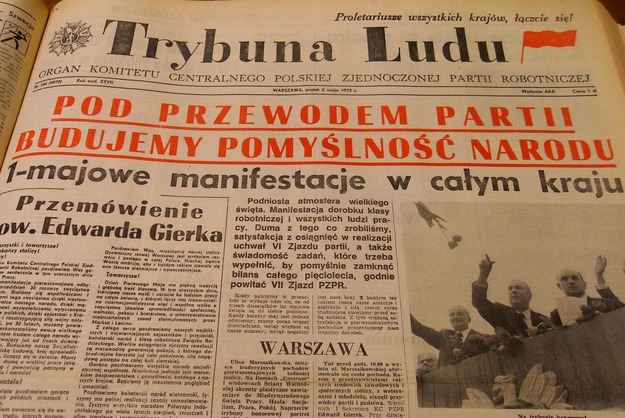 Dziennik „Trybuna Ludu” był organem KC PZPR /reprodukcja /INTERIA.PL/ Dziennik „Trybuna Ludu” był organem KC PZPR /reprodukcja /INTERIA.PL/ In Stalinist Poland Stalin was popular amongst the Stalinist Polish leadership and like in other Peoples Republics the image of Stalin was everywhere in the Stalinist 1948–1956 In Stalinist Poland Stalin was popular amongst the Stalinist Polish leadership and like in other Peoples Republics the image of Stalin was everywhere in the Stalinist 1948–1956 Marxist-Leninist soulbrothers Joseph Stalin and Bolesław Bierut Marxist-Leninist soulbrothers Joseph Stalin and Bolesław Bierut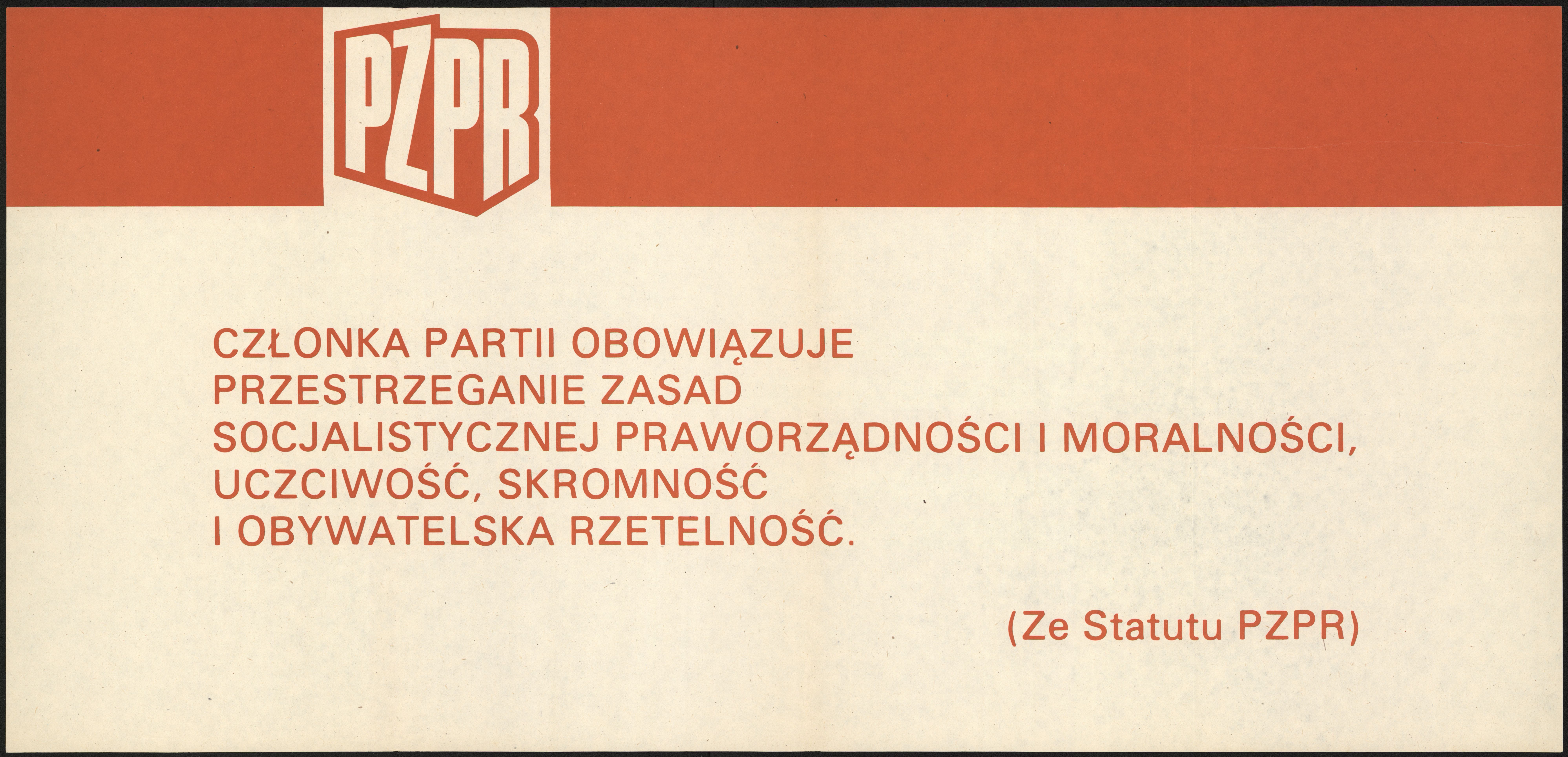 |
|
|
|
Post by pjotr on Feb 28, 2020 3:14:07 GMT 1
|
|
|
|
Post by pjotr on Feb 28, 2020 3:35:46 GMT 1
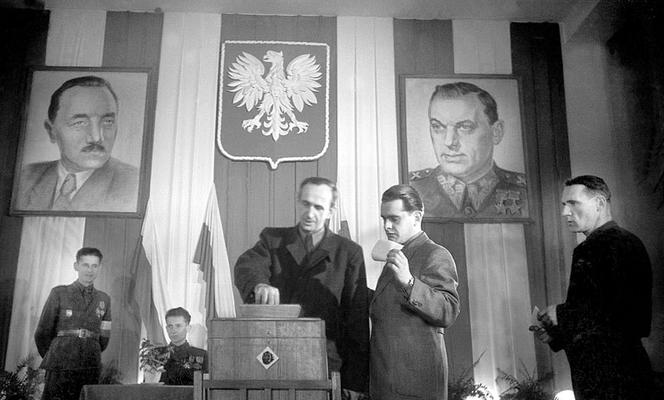 Stalinist Poland 1948-1953 Stalinist Poland 1948-1953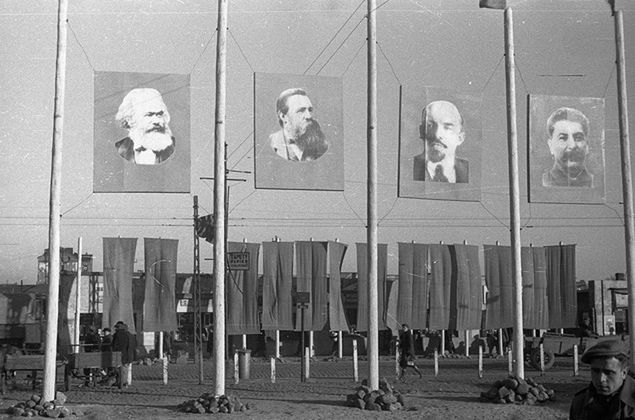 Poland 1980 Poland 1980 Coats of arms of Poland in 1980 Coats of arms of Poland in 1980 Museum of Life in People’s Republic of Poland Museum of Life in People’s Republic of Poland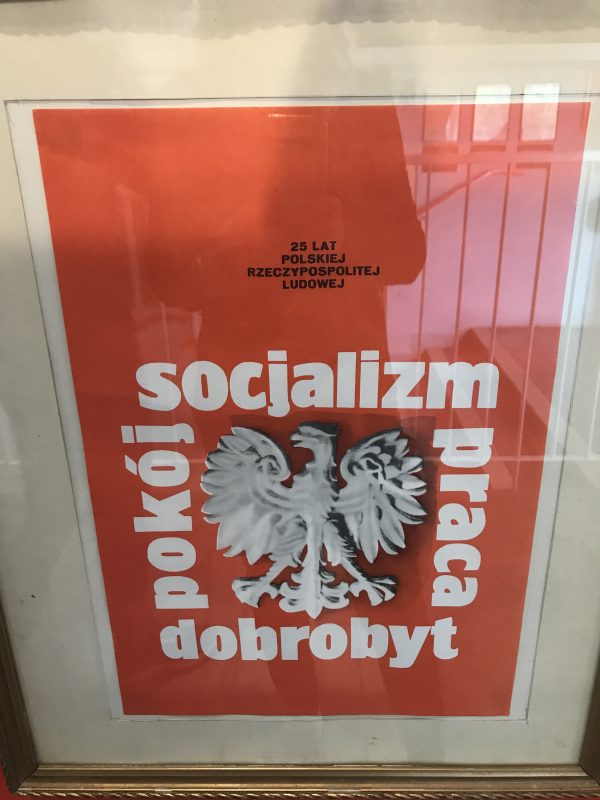  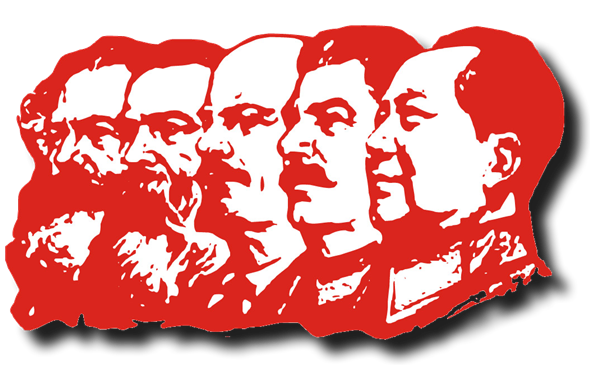 Konstytucja Polskiej Rzeczypospolitej Ludowej z 22 lipca 1952 roku Konstytucja Polskiej Rzeczypospolitej Ludowej z 22 lipca 1952 roku 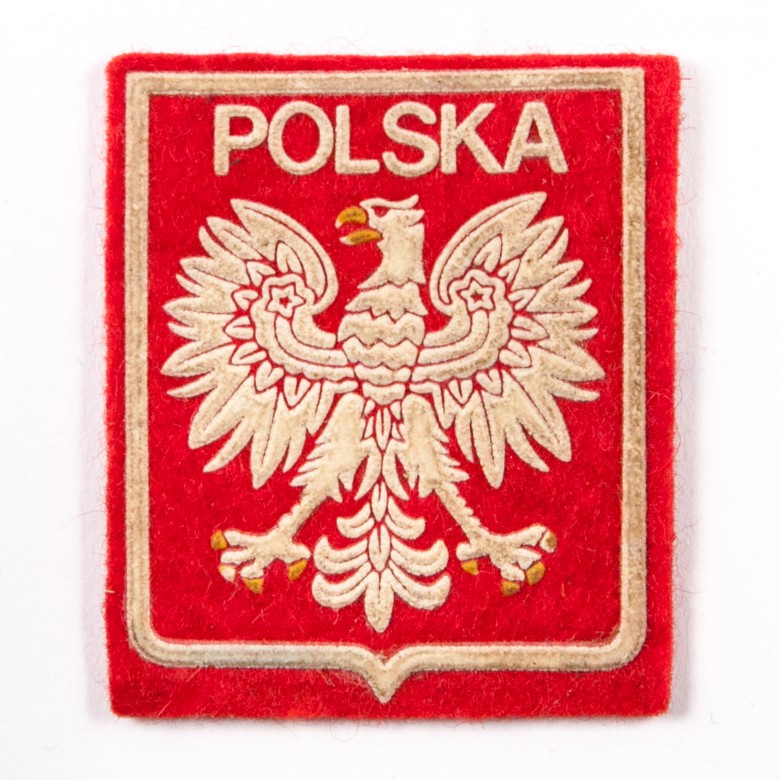  Poland 1952 Poland 1952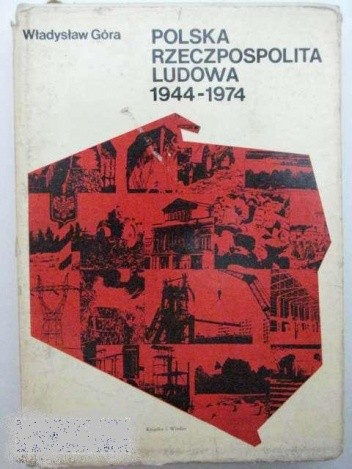   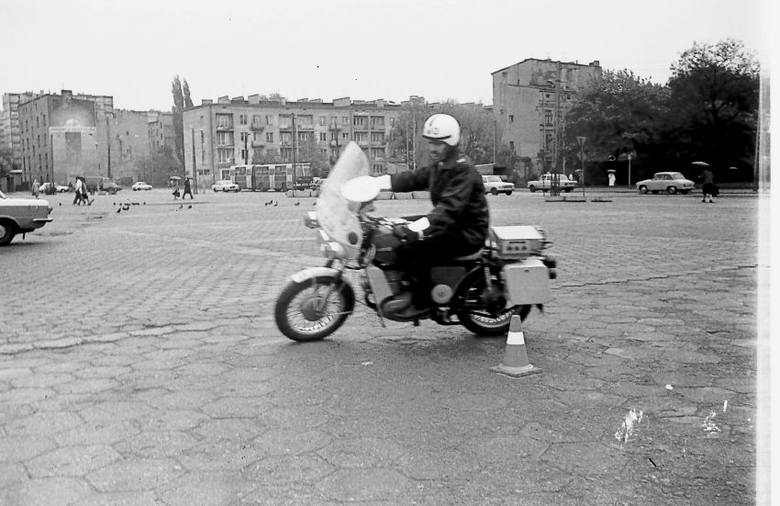  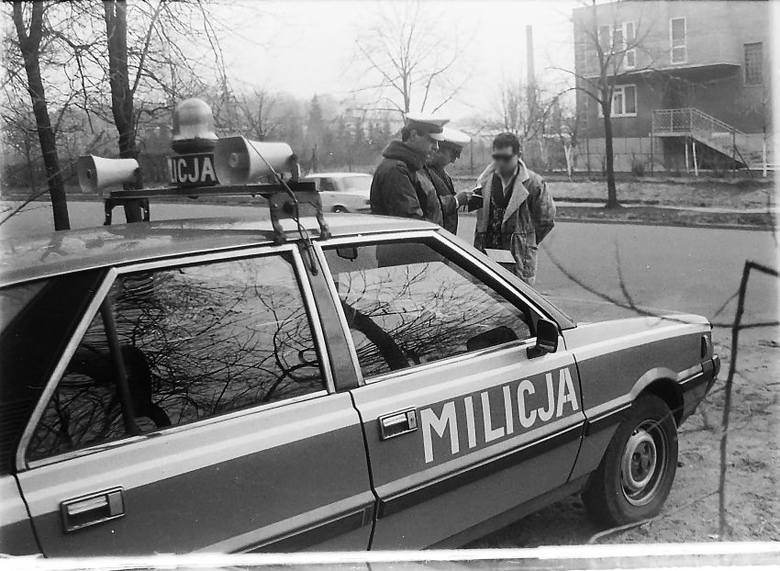  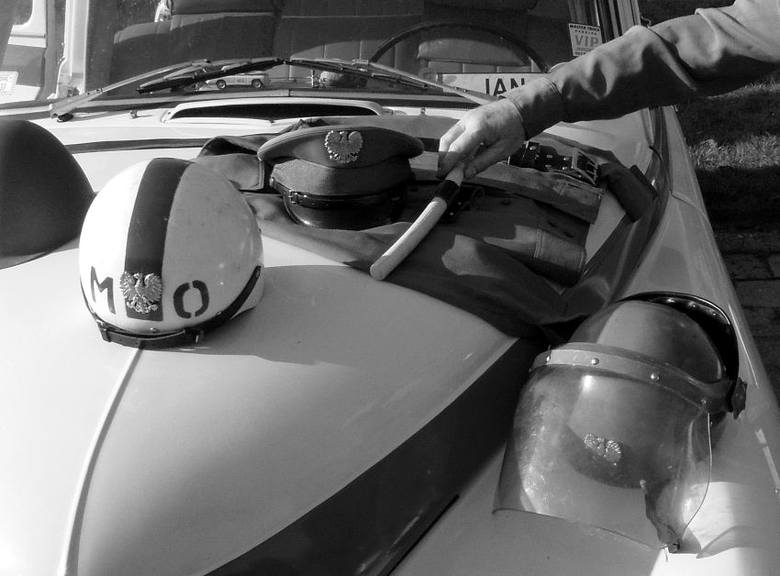 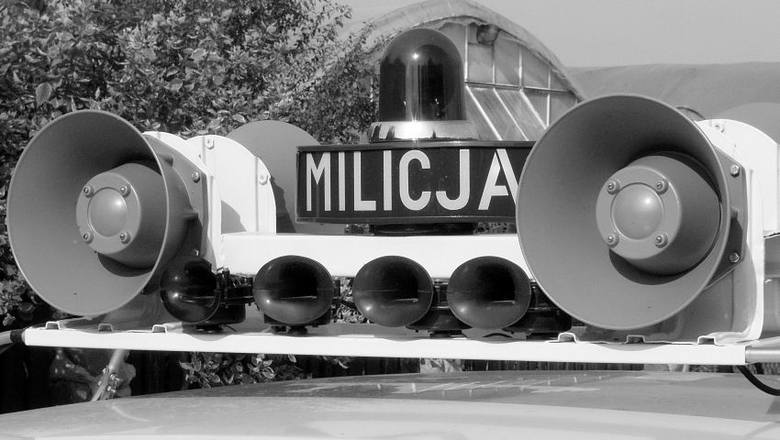  |
|
|
|
Post by pjotr on Feb 29, 2020 2:54:05 GMT 1
|
|
|
|
Post by pjotr on Feb 29, 2020 3:08:39 GMT 1
I like this documentary very much. It shows the way Communist Poland was installed and functionated, how the dissident movements KOR (Komitet Obrony Robotników) and Solidarność came to existence and worked for the Polish workers and dissident academic intelligentsia of University students and other intellectuals. It shows the Martial law in Poland (Stan wojenny w Polsce) (13 December 1981 – 22 July 1983) and it shows how the latest period of Communism worked and how the Polish Round Table Talks went in Warsaw from 6 February to 5 April 1989.
|
|
|
|
Post by pjotr on Feb 29, 2020 3:09:40 GMT 1
|
|
|
|
Post by Bonobo on Mar 1, 2020 20:43:05 GMT 1
Milk was a strategic staple in communist Poland as it was the cheapest source of protein in various kinds of dairy. The bigger shortages of meat occured in the market, the more important milk became. There were campaigns to drink milk. Pupils in prirmary schools had to, too. I still remember that milk - it was always burnt and we suspected dinner ladies diluted it with water to have some for themselves.  Milk producers, starting from peasants, were commonly criticised for using dirty rusty machines and containers - and it was true coz nobody paid attention to such details and there was no money for investment. But in big cities you could sign a contract with the local shop and have your bottle delivered to the door in the morning. That was convenient. A few films, especially comedies, exploited this motive. nowahistoria.interia.pl/historia-na-fotografii/mleczna-droga-w-prl-zdjecie,iId,1494189,iSort,5,iTime,1,iAId,118886  317-F3   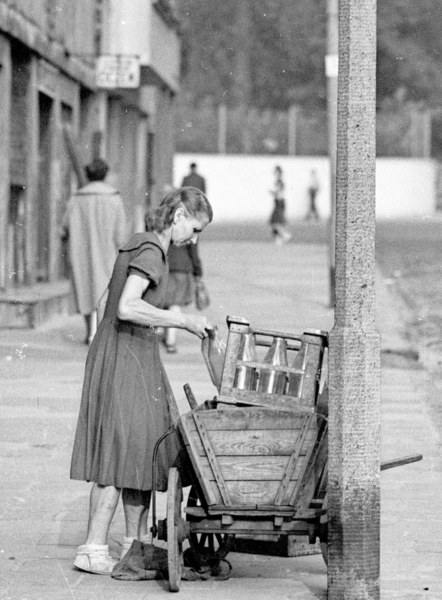   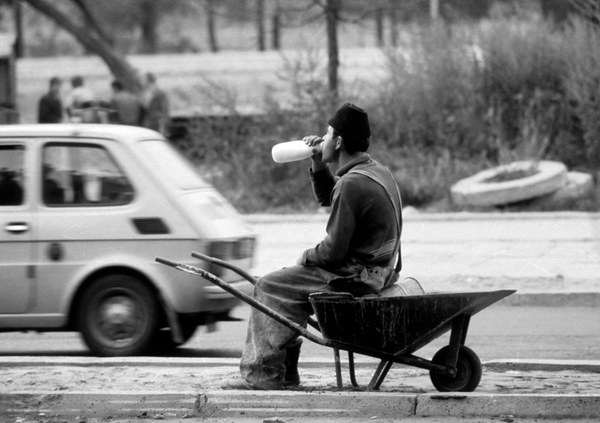 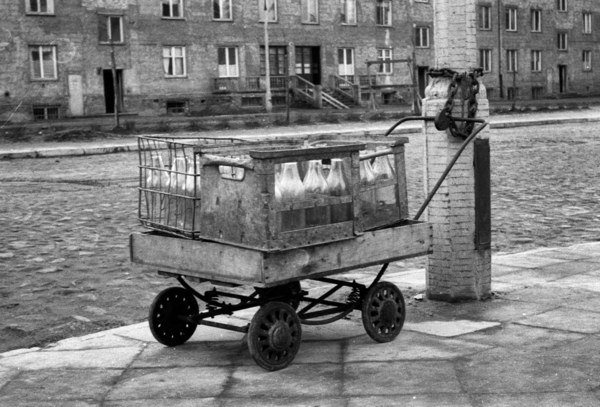 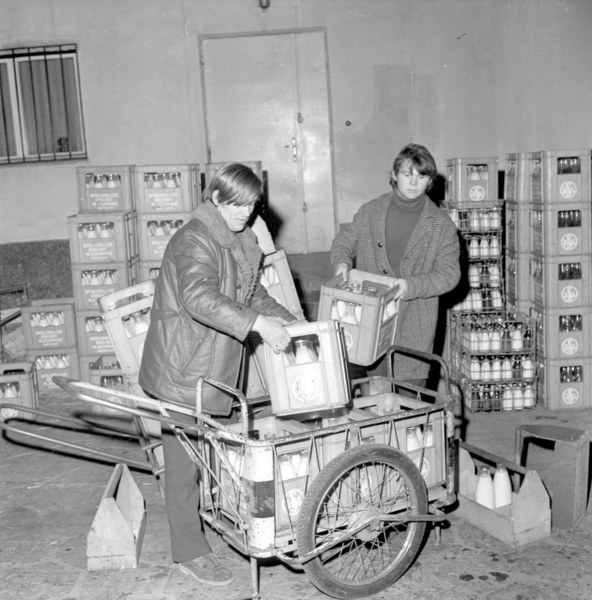   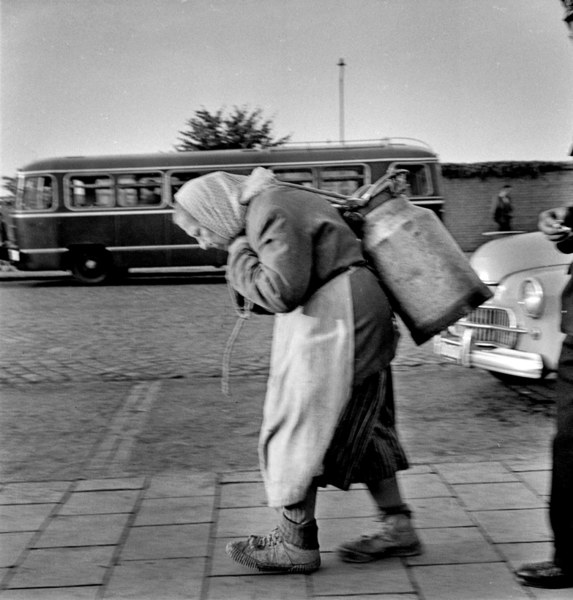 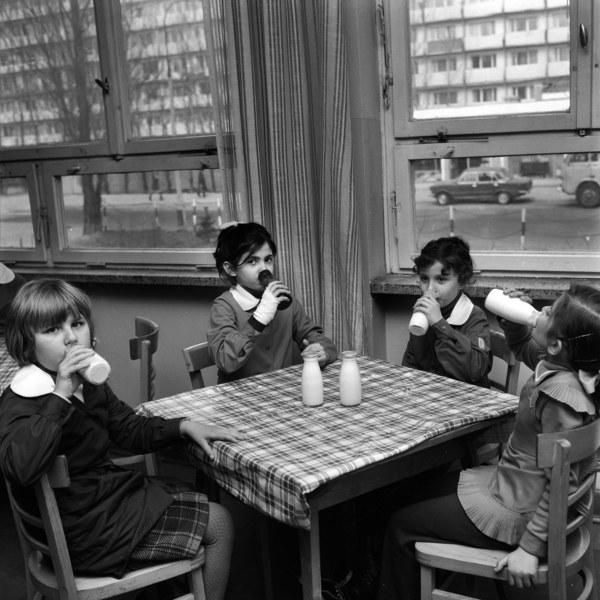 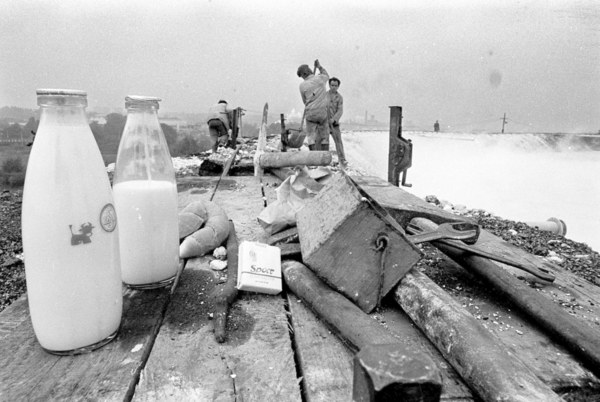   Watch the first scene |
|
|
|
Post by pjotr on Mar 2, 2020 13:40:52 GMT 1
Bo,
I love your latest post, the milk post 🥛. That was an essential product in the Polish Peoples Republic. During the seventies my sister and I were allowed to do shopping in Poznań for my grandma. 2 little Dutch kids who spoke zero percent Polish. We communicated with our hands and sign language and the Polish communist Sam employees in their white Sam clothes. We bought the typical Polish big bottles of non-pasteurized milk and my babcia (grandmother) cooked the milk so that we could use it. Next to the milk we bought the delicious Polish little bold breads. The Polish bread 🍞 for us was somewhere inbetween the French, Belgian and German breads we knew. A Dutch saying says: “The grass (lawn) is always more green on the other side”, meaning that food and products abroad seem to be more delicious, because they are different and because we believe the other has a better cuisine and products. It says something about the internationalist, cosmopolitan and Oikofobic nature of some Dutch people.
We loved the Polish milk (Mleko) 🥛, bread (Chleb ) 🥯, ham (Szynka) , meat (Mięso)🥩 🍖 , butter (Masło )🧈 , vegetables (Warzywa)🥬 🍅🥒 🍆 🥗 , pastries (Pieczywo )🥮 , sweets 🍬 🍫 🍭 and the little Horseradish jar ( jar). We put the Horseradish on the ham on the bread. I still have that ‘Polish habbit’ in the Netherlands. I never eat ham at home without Chrzan (or Chrzan pospolity) on the ham. That is a habbit I took from Poznań with me. Next to the fact that every now and then I go to a Polski Sklep in the Netherlands and buy ‘industrial’ pre-fabricated bigos, pierogi and Kielbasa.
Back to the subject. Polish milk was essential in the seventies, the era of Edward Gierek (6 January 1913 – 29 July 2001), next to other essential products.
I loved the Bar Mlechny in Poznan, due to the wonderful diary products, especially the cheese cake there, and the nice and friendly atmosphere there. People really loved it because they could afford ir and relax for a moment over there.
Cheers,
Pieter
|
|
|
|
Post by pjotr on Mar 2, 2020 16:38:32 GMT 1
Bonobo,
Having said everything in the previous post I want to state that I respect all Poles of all social classes. From the Polish worker, farmer, fisherman, sailor, milkman, tailor, carpenter, Plasterer, Plumber, Pipefitter, welder, electrician, cab driver, train driver, busdriver, to the middle class shop keeper, hairdresser, pub/restaurant owner, real estate agent to the civil servant, scientist, administrator, accountant, teacher, professor, politician, minister, priest, bishop and president. Everybody has her or his role, his or her function, his or her destiny in life in her or his Poland 🇵🇱. Communism didn’t work in Poland 🇵🇱.
KOR (Komitet Obrony Robotników) and Solidarność were excellent examples of organisations where people of different classes cooperated. In contrast with the failed 1968 Berlin/Paris student rebellion movement these Polish dissident movements managed to unite the Polish intelligentsia and workers.
Freedom & Democracy, Rechtstaat and Trias Politica, Free market and good education, and Poland 🇵🇱 as part of the Western word works better than the isolated Poland in the past in the Sovjet block.
Cheers,
Pieter
|
|
|
|
Post by Bonobo on Mar 2, 2020 20:41:15 GMT 1
We bought the typical Polish big bottles of non-pasteurized milk and my babcia (grandmother) cooked the milk so that we could use it. A Dutch saying says: “The grass (lawn) is always more green on the other side”, We loved the Polish milk (Mleko) 🥛, bread (Chleb ) 🥯, ham (Szynka) , meat (Mięso)🥩 🍖 , butter (Masło )🧈 , vegetables (Warzywa)🥬 🍅🥒 🍆 🥗 , pastries (Pieczywo )🥮 , sweets 🍬 🍫 🍭 and the little Horseradish jar ( jar). We put the Horseradish on the ham on the bread. I still have that ‘Polish habbit’ in the Netherlands. I never eat ham at home without Chrzan (or Chrzan pospolity) on the ham. Pieter Aaahm yes, I completely forgot we boiled that milk. But one had to be careful coz using a standard pot created the risk of burning it. That is why people used special pots for milk, with a special double bottom where you could pour water which prevented buring. Those pots had a whistle, like kettles. But when I was in a hurry I drank milk straight from the bottle and nothing happened.  And it was easy to turn this fresh milk into curd one and it tasted even better. I know it from English so it is probably an international proverb. Some people in Poland still believe that communist foods were more natural and organic than today.   Horseradish on ham is a typical Easter breakfast dish.  We had such a pot but silver. 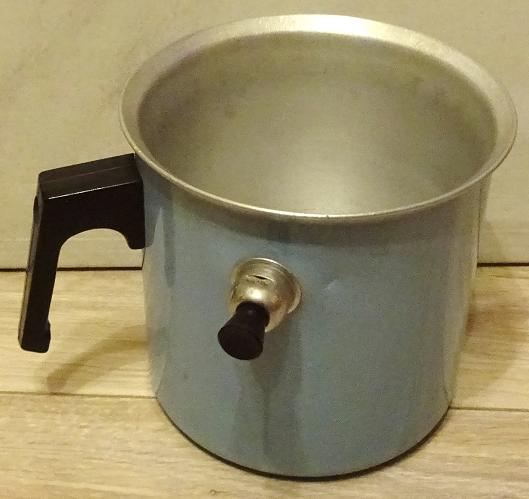  |
|
|
|
Post by pjotr on Mar 3, 2020 14:03:37 GMT 1
So, I have Polish Easter breakfest every weekend Bo.😉😁
|
|
|
|
Post by pjotr on Mar 3, 2020 14:10:23 GMT 1
Bonobo,
And interesting historical story about that special pots for milk, with a special double bottom with a whistle (like in a kettle).
Not only people in Poland believe that communist foods were more natural, biological dynamic and organic than today.
Despite the shortages we believed that the food tasted better than in the West.😉 I can’t judge Poland 🇵🇱 nowadays, because I have to little experience with that.
Of course I have completely distorted, sentimental and romantic memories of that time. Of course the Polish family spend a lot of money (with their Polish hospitality) for the best vegetables, meat and other products for their visiting Western family.😉
Cheers,
Pieter
|
|
|
|
Post by Bonobo on Jun 16, 2020 21:40:30 GMT 1
|
|
|
|
Post by Bonobo on Jun 16, 2020 21:57:35 GMT 1
Bonobo, Not only people in Poland believe that communist foods were more natural, biological dynamic and organic than today. Despite the shortages we believed that the food tasted better than in the West.😉 I can’t judge Poland 🇵🇱 nowadays, because I have to little experience with that. Of course I have completely distorted, sentimental and romantic memories of that time. Of course the Polish family spend a lot of money (with their Polish hospitality) for the best vegetables, meat and other products for their visiting Western family.😉 Cheers, Pieter Natural food in communist times is a controvercial topic. Yes, it could be naturally full of bacteria and rubbish. E..g, giant containers where milk was processed into various dairy products were perfect swimming pools for rats. Also, rat remains were often ground in meat machines and turned into sausages. Beer bottles contained various alien stuff - in the worst case - a dead mouse. These are the stories which I didn`t make up - I still remember reading about those cases in communist press and publications. The tastes were mostly OK. Much worse thing was the little selection. Two kinds of milk - low fat and full fat, two kinds of yoghurt - fruit and natural, two kinds of cottage cheese - low fat and full fat, three kinds of popular icecream - plain, coffee and fruit etc etc. I hated it. I will always remember this label of fruit yoghurt - they produced the same kind for the whole country - I could buy it in my hometown and everywhere else where I went on holidays.  |
|
|
|
Post by Bonobo on Jun 20, 2020 10:25:28 GMT 1
TVs became really popular in 1970s but most programmes were boring so people used to buy and read a lot of newspapers and magazines. We had to book certain papers in advance in the local newsagent`s, as they were practically unavailable on such holidays as Christmas or Easter. Some papers were run by the party, so they included a lot of propaganda but many other were quite OK. Especially in 1980-81 when the censorship became very tolerant and journalists didn`t have to lie. 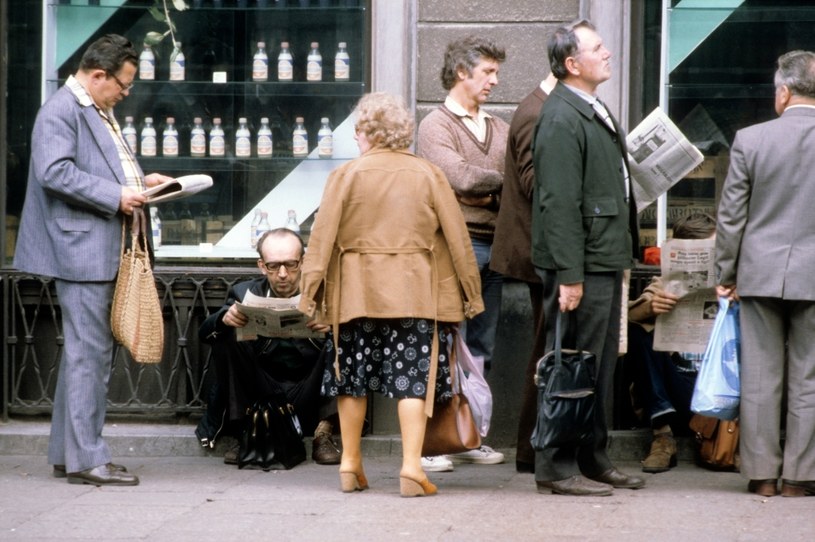 Propaganda photo showing people reading party propaganda newspaper  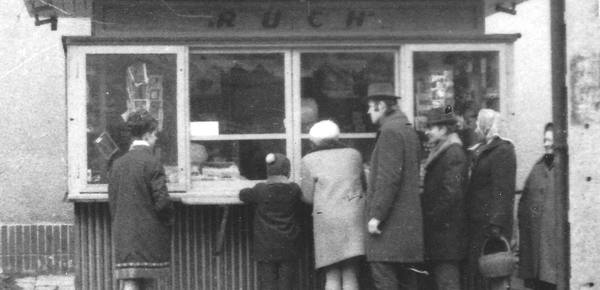 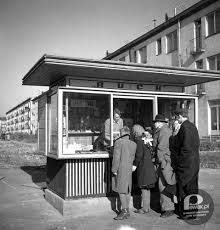 BTW, papers were also used as wrapping paper. |
|
|
|
Post by Bonobo on Jun 20, 2020 11:32:28 GMT 1
|
|
|
|
Post by Bonobo on Jun 20, 2020 14:26:11 GMT 1
|
|
|
|
Post by Bonobo on Jun 20, 2020 21:20:05 GMT 1
|
|
|
|
Post by Bonobo on Aug 29, 2020 11:21:07 GMT 1
It isn`t a myth that certain complex products were extremely expensive for average Poles. E..g, cars. If one had a car in 1960s, 70s or even 80s, they were considered wealthy.
E.g, average pay in late 1970s was about 5000 PLN. The smallest car, Baby Fiat, cost 87.000 at a state price. However, to buy it from the state one needed a special voucher. Without it, one had to visit an open air market where a Baby Fiat cost 120.000 plus.
Imagine how long one had to save to afford a simple car.
I drove Baby Fiat in early 1980s. I knew a few books about it by heart. With pro publications, I was able to pull out the engine to repair the clutch.
|
|
|
|
Post by Bonobo on Dec 25, 2020 10:49:10 GMT 1
It always looked funny to me when team sports people wore the same clothes in communist times. The team on the pitch/court, the team in life, sort of. Volleyboall players 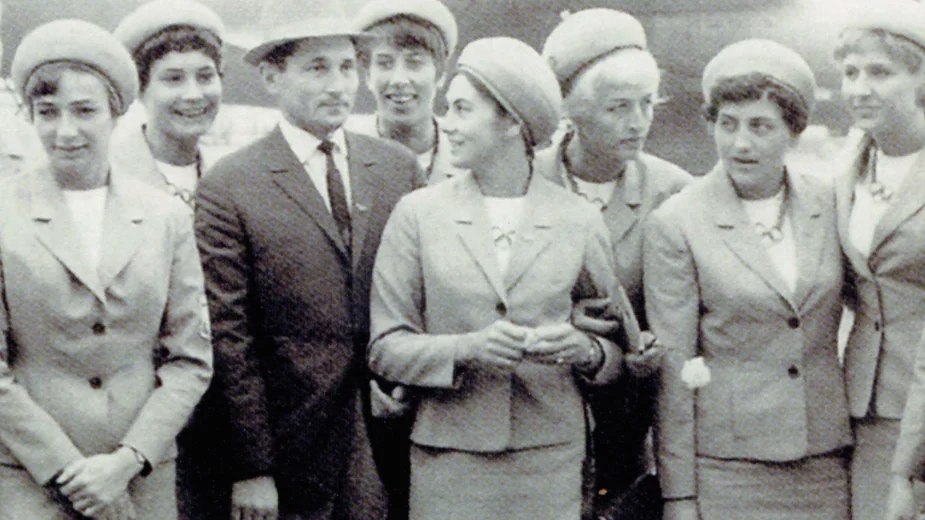  Footballers 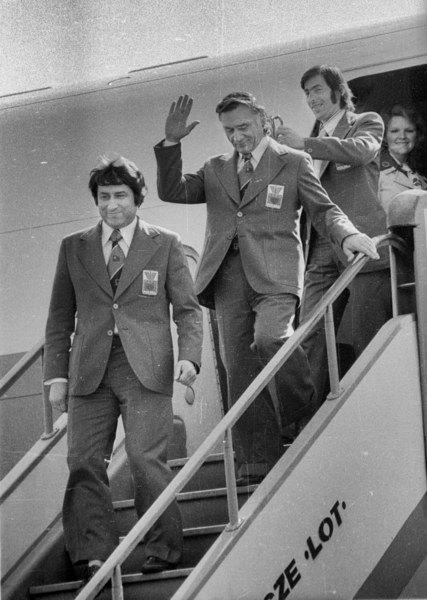 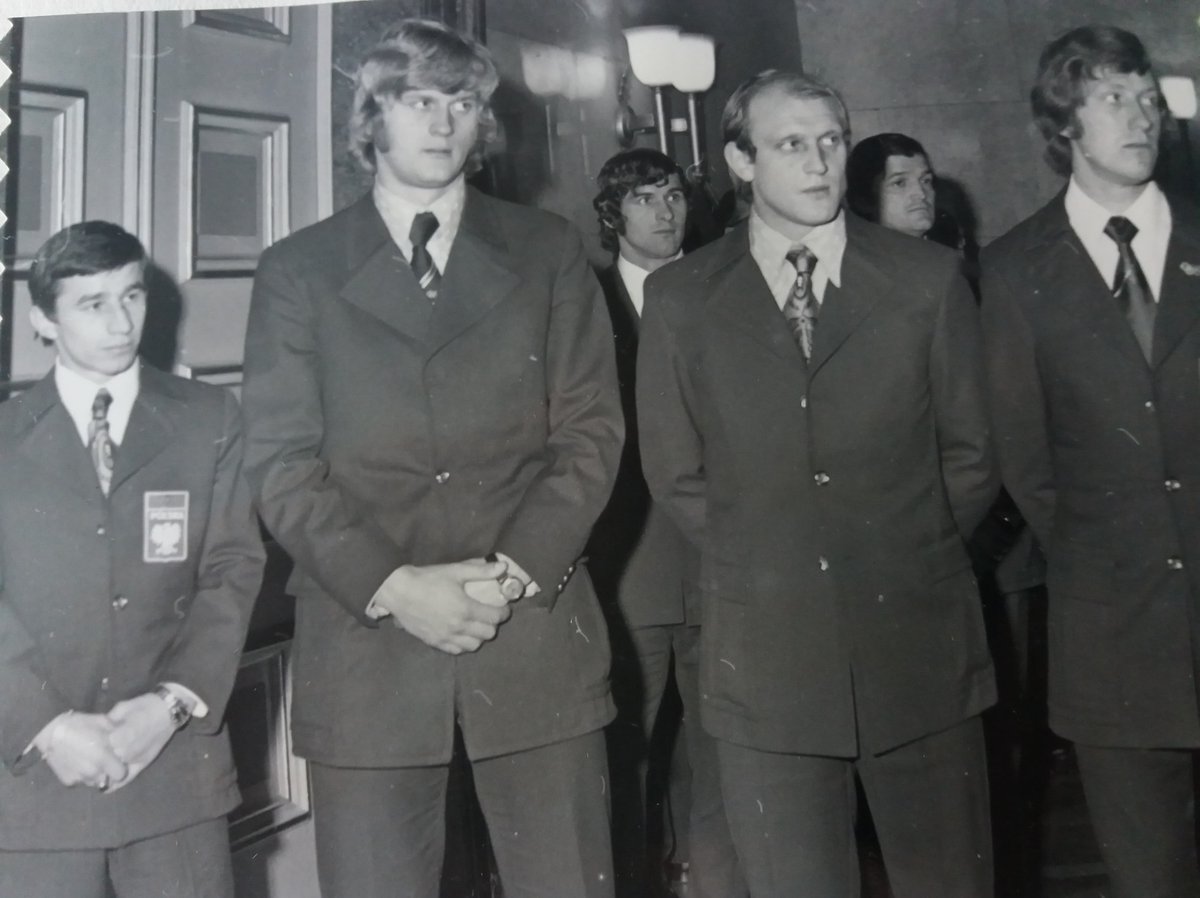  But I see it still goes on today 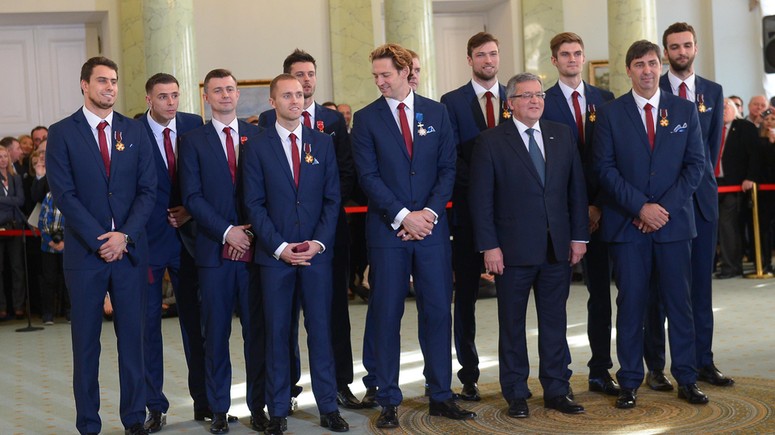 |
|
|
|
Post by Bonobo on Dec 5, 2021 14:57:27 GMT 1
An article about female flight attendants in communist times. www.onet.pl/turystyka/onetpodroze/stewardesy-w-prl-u-do-egiptu-wozily-jablka-a-do-kraju-przywozily-zloto/5129sl0,07640b54
ONET TRAVEL INTERESTING
They brought apples to Egypt and gold to Poland. In the People's Republic of Poland, flight attendants smuggled to power
In the People's Republic of Poland, the profession of a flight attendant enjoyed great prestige. The most fashionable clothes, cosmetics and jewelry were at their fingertips. That is why almost everyone earned some extra money for smuggling scarce and luxury goods to Poland.
Tomasz Gdaniec
November 18, 2021, 4:41 pm
You can read this text in 2 minutes
In the People's Republic of Poland, flight attendants had the rare opportunity to travel regularly and smuggle luxury goods.
Anna Sulińska, author of a report about flight attendants: "The flight attendants exchanged information in their room. The older ones also often taught the younger ones what to buy and what to sell"
The group of flight attendants was hermetic. During the first recruitment, six girls were selected out of over 300 candidates
Sometimes shopping was made right away to order from specific customers
"Smuggling was an element of life back then. Every flight attendant confessed something to me. The girls smuggled, for example shoes from Egypt, sanitary pads or gold, because it was quite easy with it. It was enough to buy a tombac ring - all jewelry was checked at the outlet - and replace it then for real gold. The main thing for it to look similar "- says Anna Sulińska, author of the book" Wniebowzięta. A report on flight attendants in the People's Republic of Poland "in an interview with Polityka.
The profession of a flight attendant is relatively young in Poland. His story is connected with the person of Zofia Glińska. It was she who, from 1945, organized the service of LOT Polish Airlines flight attendants . During the first recruitment, six girls were selected from over 300 candidates - Ludmiła Gajewska, Maria Lubkiewicz, Irena Petrykowska, Krystyna Sipowska, Monika Sokolińska and Aldona Skirgiełło. The first woman to fly a scheduled LOT plane as support staff was Aldona Skirgiełło. The flight took place on August 27, 1945 on the route from Warsaw to Paris. Today, recruitment looks a bit different.
Flight attendant - the elite profession of the People's Republic of Poland
In the People's Republic of Poland, being a flight attendant was something. It was a very elite group. In the 1960s, there were only 20 women on board Polish planes. Becoming one of them was much more difficult than winning the casting for a film. Apart from general knowledge, foreign language and proficiency tests, the girls had 300 hours of lectures. He studied airplane building and geography there, but they also had internships in restaurants. Ultimately, they were supposed to handle, inter alia, notables and party dignitaries. There was no room for a mishap. The final test was the test on board the flying plane.
Their work, like any one based on contact with other people, also had its dark side. They required health and resilience - also mental. Flight attendants flew 12 hours a day. daily for 30 days . During this time, they had to solve passengers' problems, including rowdy ones. It is worth recalling that in the People's Republic of Poland you could drink and smoke in cabins until you drop. There were no prohibitions on this matter. All the time the staff was also under the watchful eye of the Security Service. Its officers also reviewed the actions of the staff.
Why did they agree to it? It was a completely different world. A world of glitz, foreign travel and opportunities not available to ordinary people. They fell asleep in Warsaw, woke up in New York, and did shopping in Milan. One of the most famous stories is that of apples and bananas. In the 1970s, flight attendants, when flying to Egypt, took with them huge amounts of apples - fruit unavailable there. Customs officers explained that they are on an apple diet and must eat it every day . Of course, they sold the fruit in Cairo and bought ... oranges and bananas, which they usually traded for profit domestically.
The flight attendants had virtually unlimited travel options. They could also "organize" products unavailable in PolandThe flight attendants had virtually unlimited travel options. They could also "organize" products unavailable in Poland - Zbigniew Wdowiński / PAP
"A flight attendant was returning from some flight, got out of the car and walked home with those bananas in a transparent bag. She had a coat, no uniform was visible. The woman who came running from across the street wanted to know where the bananas were coming from. She couldn't believe it. that they are from some source other than the store. She thought that she had sent her friends to the store and that is why she does not want to give her the address "- Anna Sulińska tells the gazeta.pl portal.
The flight attendants exchanged information in what they called "slippers." The older ones also often taught the younger ones. "One of them told me that when she flew to New York for the first time, my friends took her to a place they called" Jewish ", that is, to lower Manhattan, where Jewish immigrants from Poland worked, and suggested what to buy. things in the US already unfashionable. Jeans, nail polish, which after crossing the ocean were getting a second life. Passionately also bought tulle, which was then sold to private krawcowym in Hall Mirowskiej. Sometimes shopping did immediately on request of specific clients "- adds Sulińska in that interview.
It was not so easy to travel abroad in the People's Republic of Poland. From the 1970s, people could go to the countries of people's democracy on the basis of the so-called ID card with passport insert. The matter of emigration to the West, to capitalist countries, was completely different. Such an expedition had to be approved by the Passport Department and the necessary visa. Such documents, for professional reasons, were obtained by flight attendants without any problems.
Sources: Polityka.pl, gazeta.pl
Date Created: November 18, 2021, 4:41 PM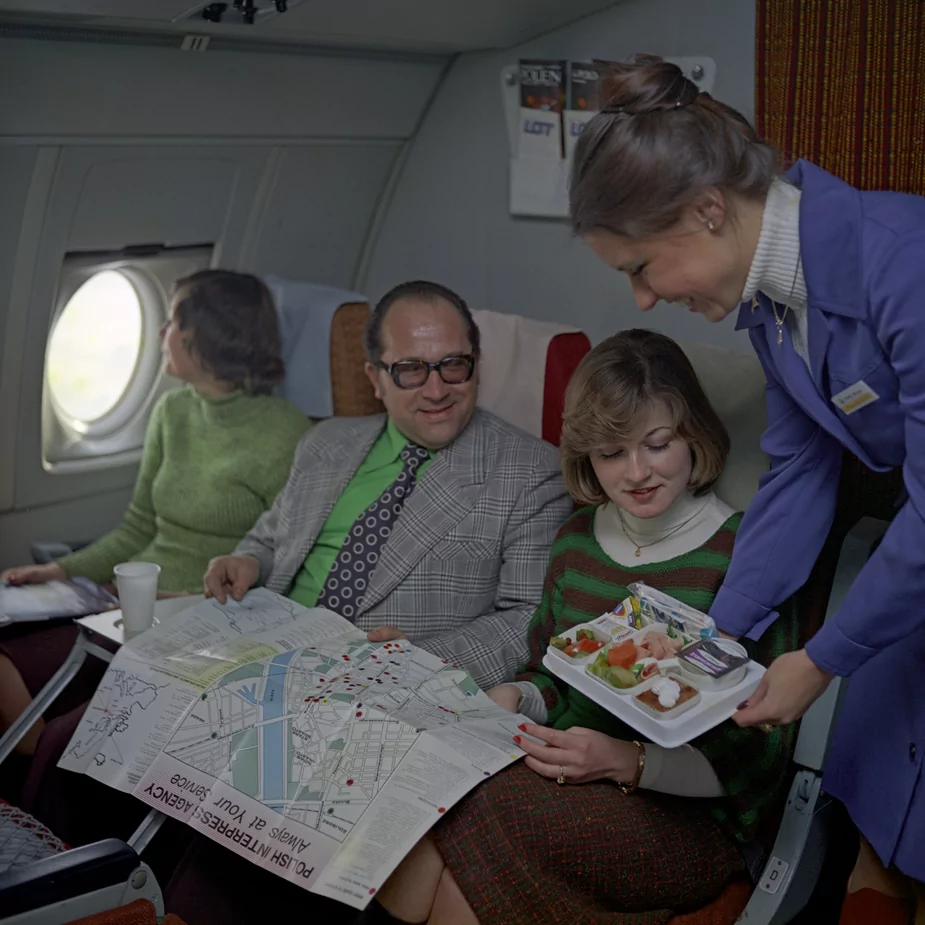 |
|
|
|
Post by Bonobo on Dec 12, 2021 13:21:15 GMT 1
The first Beauty Contest was organised in 1956 after the madly oppressive stalinist system was abolished by milder communists. However, after various scandals, they were suspended until 1983.  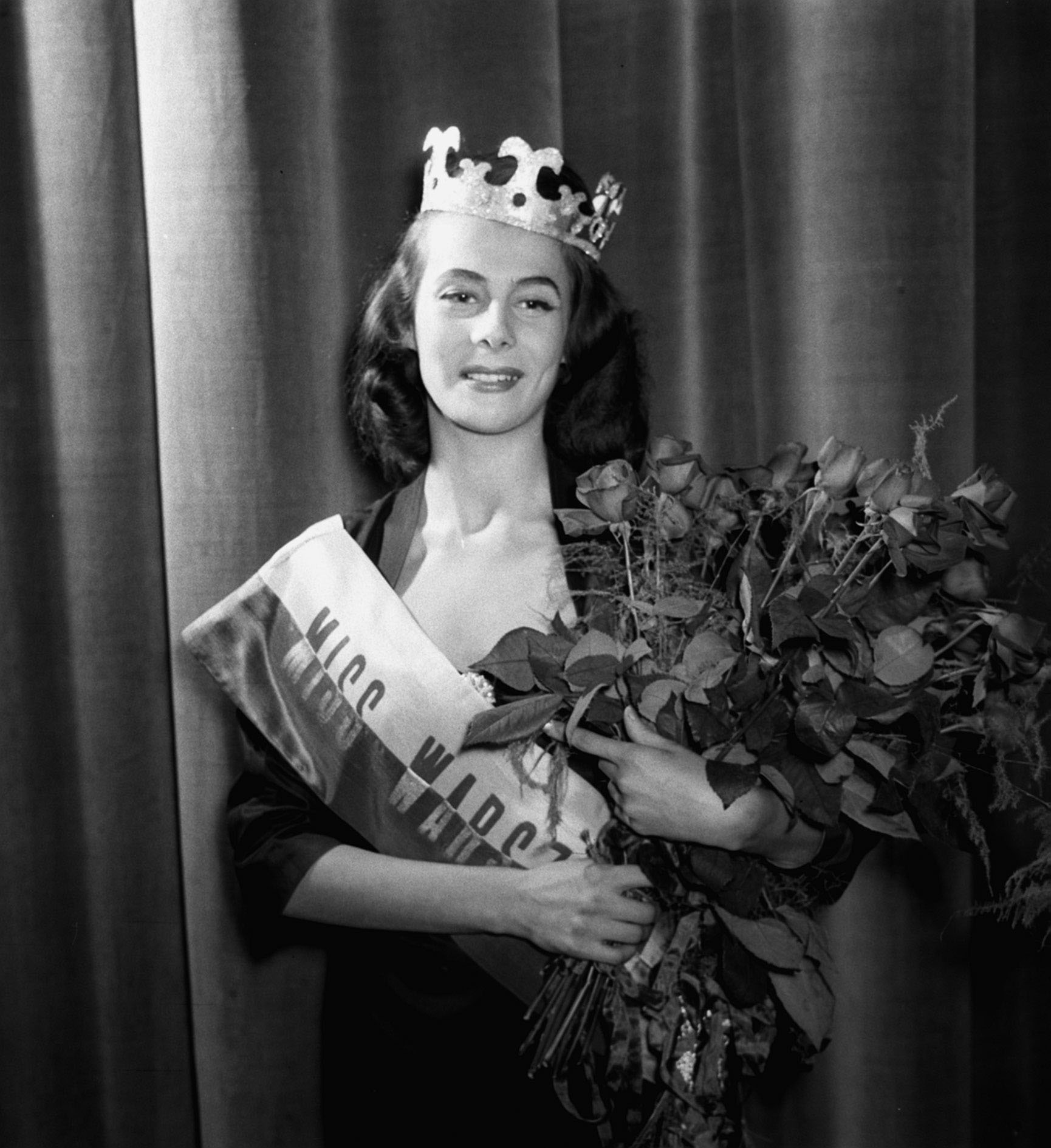   kobieta.onet.pl/wiadomosci/miss-polonia-1958-skandale-plotki-i-tragedia-w-tle-konkursu-pieknosci/7ns2zvk kobieta.onet.pl/wiadomosci/miss-polonia-1958-skandale-plotki-i-tragedia-w-tle-konkursu-pieknosci/7ns2zvk
Miss Polonia 1958: scandals and rumors led to a break in the organization of the competition
Sep 6 20 11:00
You can read this text in 2 minutes
What was happening around the competition for the title of the most beautiful Polish woman in 1958 meant that the organization of the Miss Polonia election was suspended for many years. The events of those days resemble scenes from the movie, and their consequences were felt not only by the contestants.
The Miss Polonia 1958 elections were held in a hall that could accommodate 10,000 spectators. Twice as many tickets were sold for the competition
Due to technical problems, the enraged viewers disrupted the course of the competition. There was even a fight in the audience
After the competition, a woman died, who, according to rumors, was the 2nd Runner-Up of Miss Polonia. This led to the suspension of the competition for many years
On September 6, 62 years ago, the audience hungry for weightings flocked to Torwar in Warsaw to participate in a great show. The first problem emerged very quickly. It turned out that twice as many tickets were sold. The determined crowd did not give up and by force defeated the helpless orderlies. Once the spectators were inside, it quickly became apparent that the event was also a flop from the technical side. The disastrous sound system and spotlights aimed directly at the eyes of the audience drove the audience even more crazy. Zenon Wiktorczyk, who hosted the gala, was unable to stick to the program and was forced to focus on silencing the audience.
See also: Miss was sentenced to life imprisonment. She ordered the murder of her husband
It was only when the candidates for the crown appeared on the stage that the enraged viewers stopped screaming in irritation.
The candidates presented themselves in four versions: in formal dresses, ball gowns, historical and black and white bathing suits.
Miss Polonia 1958. Was the competition set?
Although the undisputed favorite was Krystyna Żyła, a modest saleswoman from Krakow's PDT from Kobierzyn, shortly before the final, a rumor spread that the election result was allegedly a doomed dancer from the Warsaw Operetta, Zuzanna Cembrowska. No wonder the audience fell into a frenzy again when their fears came true and the crown actually fell into the hands of the Warsaw girl. The situation was not improved by the error of the jury, which announced the name of the new miss in the first place. As a result, no one listened to the other results, and what's more, insults and ... tomatoes flew towards the winner of the competition! There was even a fight in the audience.
The jury included, among others Jerzy Kawalerowicz, Adam Hanuszkiewicz, Jan Brzechwa, and Kazimierz Rudzki. As Rudzki later explained, the competition was won by Zuanna Cembrowska because she was "well prepared to hold the office". The crown winner had previously worked as a model and danced in the theater, which made her familiar with the stage.
Further fate of the participants
After winning the title of Polonia, Cembrowska's career gained momentum. A year later, Miss flew to the United States to take part in the Miss Universe pageant. There she reached the finals and although she did not win the crown, she found her place on Earth in the States. As a model, she signed a contract with the Max Factor brand and never returned to Poland.
Another election scandal broke out on December 16, 1958, when a tragedy occurred on the premises of the Grand Hotel in Warsaw. A rumor quickly broke out that the body of a woman found under the hotel windows belonged to the 2nd Runner-Up of Miss Polonia, adored by viewers Krystyna Żyła. It was said that she was pushed out of the window during a party attended by party celebrities. One of them was to be Józef Cyrankiewicz.
See also: A teenager with Down syndrome won an international beauty contest
These rumors were used by the ruling team, which did not like "vain beauty contests". The scandals accompanying the Miss elections became a good pretext for considering the competition redundant and risky. As a result, the organization of miss elections was banned until 1983.
Source: Media
Creation date: 6 September 2020 11:00
REKLAMA
|
|
|
|
Post by Bonobo on Jan 18, 2022 16:46:47 GMT 1
|
|